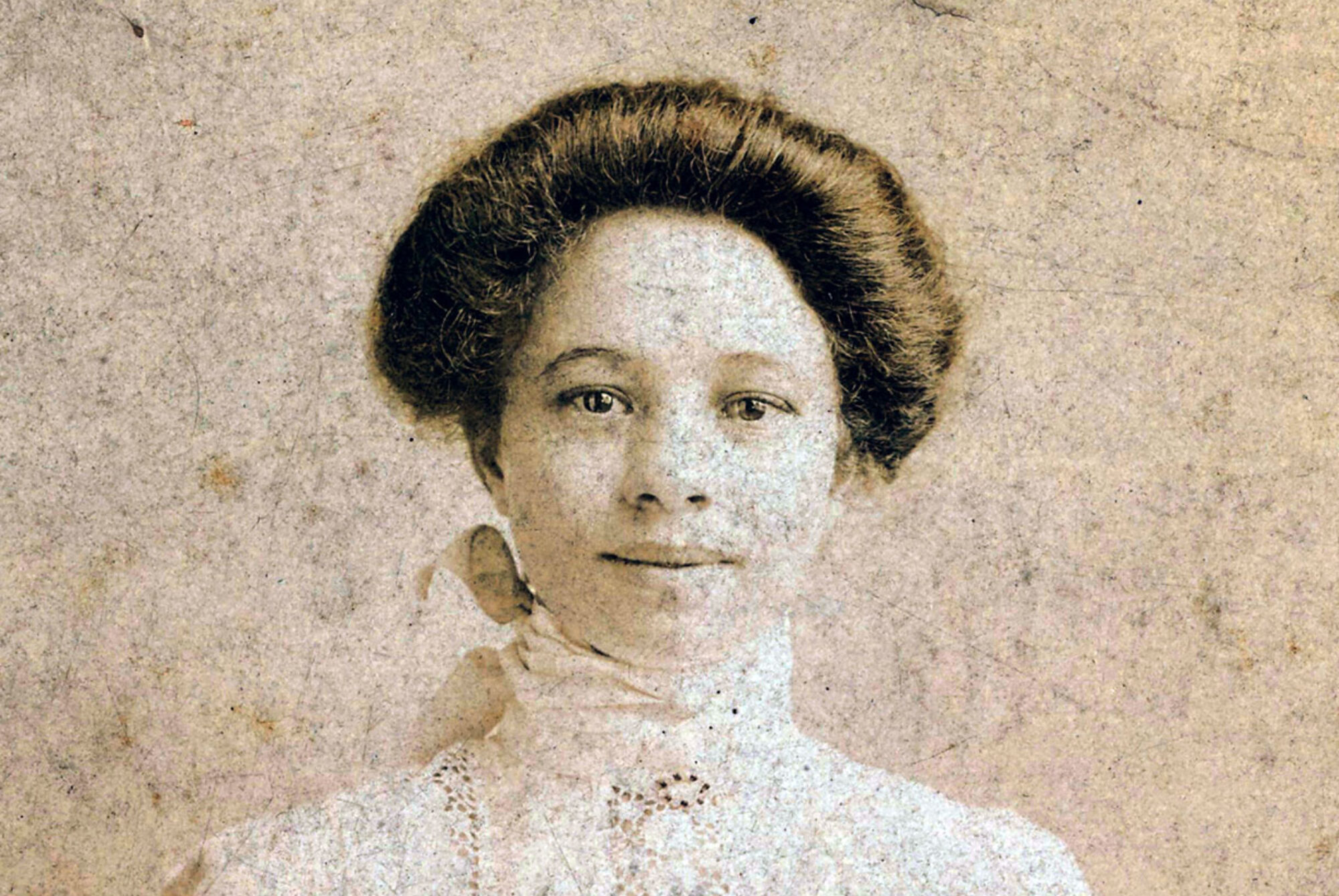Two blog posts in two days! Can you tell that I’m procrastinating? I found this little article “Management of Children” in the British journal The Housekeeper’s Magazine, and Family Economist published in 1826.
I’ve included pictures of feeding bottles and a breast pump found at the British Science Museum. Do browse their fascinating collection of Nursing and Hospital Furnishings.
The paintings are by French artist Marguerite Gerard.

Nothing is more absurd than dosing the infant with medicine of any kind immediately on its entrance into the world. It is of importance to know, that in this early stage of infancy, drugs are wholly unnecessary, and often very improper, the first milk of the mother, which the child should be placed at the breast to obtain as soon as she has recovered by rest from the immediate fatigue of her labour, or a little thin gruel, with a small quantity of soft sugar, being all that is necessary to promote those evacuations which nature herself, in general, most faithfully ejects; the early application of the infant to the breast will besides cause the milk to be much sooner supplied, and more certainly prevent puerperal fever and inflammations of the breast, than any other method which can be adopted.
The health of women while suckling their infants is, in general, better than at any other period of their lives. But should their functions, from any cause whatever, be disturbed, the quantity or quality of the milk, or both, will be often very materially affected. The quality of the food and drink taken by the mother will also very materially affect her child; so also will medicine. Thus if a nurse eat garlick, her milk will become impregnated with it, and disagreeable. If she indulge too freely in wine or porter, the infant will become sick; and if a nurse take jalap or any other opening medicine, the infant will be purged; and such as are affected with gripes or pains in the bowels, are often cured by giving the nurse a larger proportion of animal food. The milk of a suckling woman may also be altered by the affections of the mind, such as anger, fear, grief, or anxiety. In mothers as well as nurses, a good temper and an even mind are grand requisites in promoting the health of the child. The food of nurses should not be different from their ordinary food; but they in general eat and drink considerably more, and with greater relish, than at other times, which of course should not be denied to them.
During the first month, the infant should, if possible, receive its nourishment from its mother’s breast, not only as being beneficial to the infant, but also, by its discharge, to the mother herself. If, however, from peculiar circumstances, the mother cannot suckle her own child, a young woman should be chosen to do so whose milk is nearly of the same age as that of the mother. But no trifling consideration ought to induce any mother to abandon her offspring to be suckled by another, provided she has health and strength to do it herself.

An infant should be early accustomed to feeding, as it will thereby suffer less inconvenience on being weaned. It should be fed two or three times a day, and, if not suckled during the night, which some medical writers think is not necessary, it may require feeding once or twice during that period. We cannot, however, avoid remarking, that suckling during the night, at least for the first two or three months, is preferable to feeding.
An infant in health, and which has been brought to feed regularly, may be safely, and is best weaned at seven or eight months: it should seldom, if ever, be suckled more than ten. The period of weaning, however, must be regulated by the strength of the mother, as well as that of the infant. It should never be taken from the breast, if possible, before the end of the fourth month.
Should an infant, from accidental or other circumstances, be deprived of its food from the breast of its mother or nurse, a substitute for it must be supplied, and the closer we can imitate nature the better. For this purpose, a sucking bottle should be procured, the mouth of which should be as wide as that of an eight-ounce phial, which is to be stopped with sponge covered with gauze, and made in size and shape to resemble a nipple. The following preparation is most suitable, as it comes nearest to the mother’s milk, and may be sucked through the sponge: On a small quantity of a crumb of bread, pour some boiling water; after soaking for about ten minutes, press it, and throw away the water, the bread by this process being purified from alum or other saline substances which it might contain; then boil it in as much soft water as will dissolve the bread, and make a decoction of the consistence of barley-water; to a sufficient quantity of this decoction, about a fifth part of fresh cows’ milk is to be added, and sweetened with the best soft sugar. After each feeding, the bottle and sponge should be carefully rinsed with warm water. As the infant advances in growth, the proportion of milk is to be increased, and that of the sugar lessened, until the stomach is able to digest simple bread and milk, Indian arrow-root, &c. In this way very fine children have been reared.




